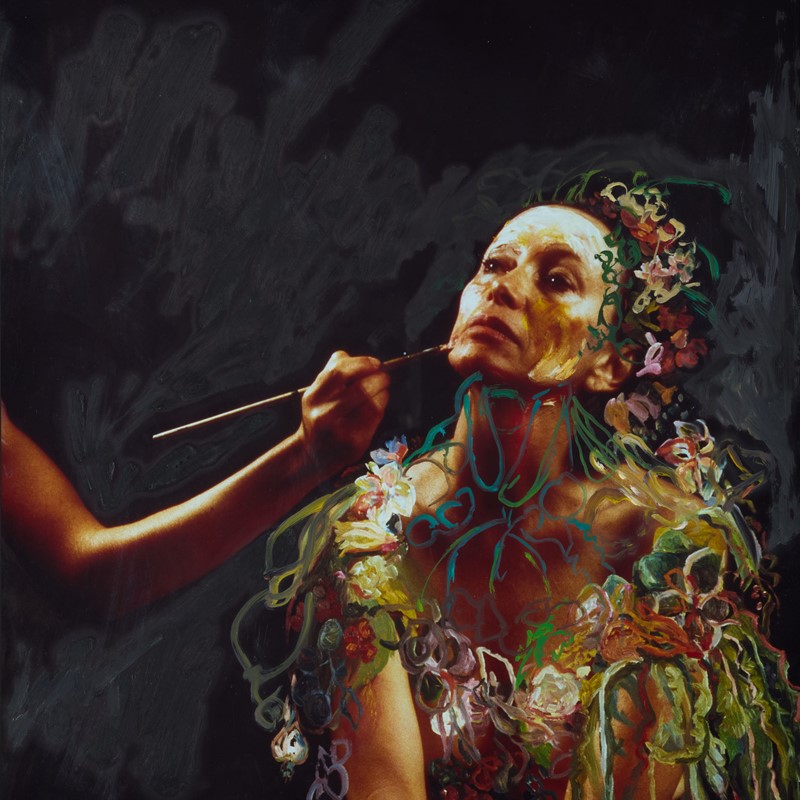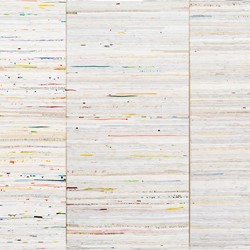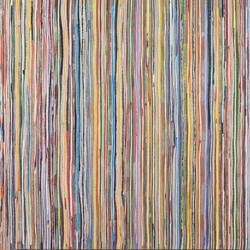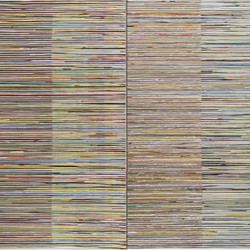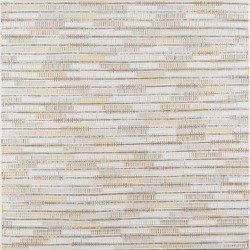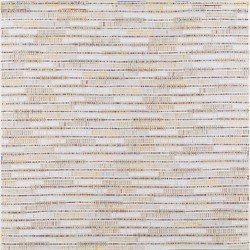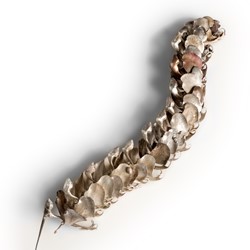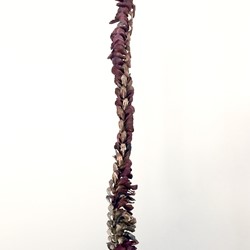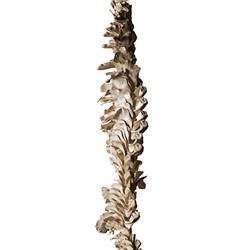Art Stage Singapore 2017
Eveline Kotai Sarah Elson
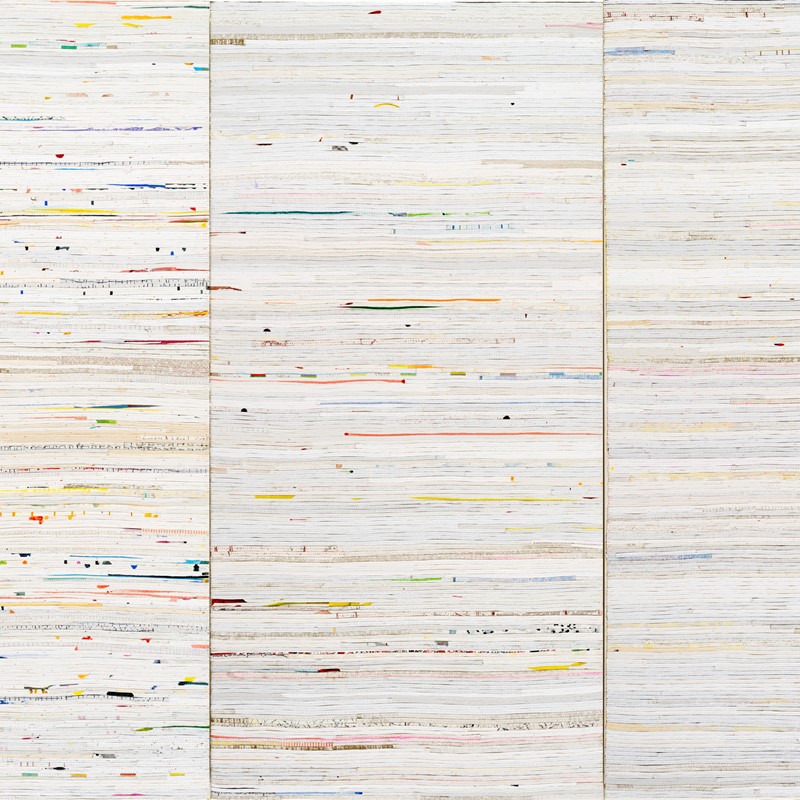
Art Collective WA presents solo shows by Australian artists Sarah Elson and Eveline Kotai, at the premier South East Asian art fair, Art Stage Singapore.
Over the past 12 years, Eveline Kotai's interest in the theme of material dissolution and regeneration has culminated in the cutting up and reworking of her paintings. Recent exhibitions Infinite Threads (2012), Subdivision (2014) and Writing on Air (2015) all draw their titles from the artist’s symbolic and material interpretation of both the nature of change and the universal interdependence of all phenomena.
Eveline’s unique technique of reconfiguring pre-existing paintings into new compositions echoes a world in constant transition. Not only do her methods provide a constant source for new beginnings, but the action of cutting and stitching canvasses have become an important meditative practice, the essence of which is reflected in her final pieces. Works that may previously have been representational, are sequentially dismantled so that the remodelled ‘palette’ becomes the impetus for new directions.
Inherent in the artist’s new synergies is yet another iteration of nature itself; as complex combinations of tone, colour and surface merge instinctively into harmony. They are reminiscent of life’s underlying cycles; often sensed but not easily recognised.
In response to this state of flux, ‘Writing on Air’ refrains from being fixed in place or time. This collection of work offers a space for contemplation that is a true manifestation of Eveline’s ongoing inquiry into the correlation of art, life and nature.
The subject and materiality of Sarah Elson’s sculpture speak explicitly, yet intimately, of transience, ephemerality, sensuality and recipricocity. The artist is attracted to found forms that embody these themes – a flower, leaf or the wings of a deceased moth, for instance. Through the ancient processes of forging and casting, objects are cast, drawn out and hammered until the metal itself begins to reveal the fragility of existence.
Like her organically sourced subject matter, the re-claimed metal Elson employs is similarly recycled. The alloy of shibuichi – a sensual combination of silver and copper - is indicative of Elson’s concern with community, relationships and the cyclical flow of language and belonging. Her work with precious metals offers a further commentary on that which is considered to be of value to Western Australians.
The labellum is the medial orchid petal - its sole purpose is to attract a pollinator. The labellum (also known as the lips) is the landing pad for fertilisation; it is a point of attraction, connection and the continuation of life.
'In The Lament of the Labellum – Transformation I have removed the labellum from the common Singapore orchid – collected at the front of the checkout at the local supermarket. Each one is burnt out once encased in plaster and poured under vacuum with molten copper and silver. Rapidly quenched the copper produces the enticing crimson reds tones and the silver turns a soft white. The combination of both silver and copper known as shibu-ishi produces earthly shades of pink. Both metals in their oxidized state go brown to black. These cast forms are then worked, drilled and threaded on beading threads to hang in front of you.'

